
click for 360 tour
Filmed reenactment of Frances Harper’s 1866 speech at the 11th National Woman’s Rights Convention
Ariana DeBose as Frances Harper, 2019
Special thanks to the CUNY School of Professional Studies
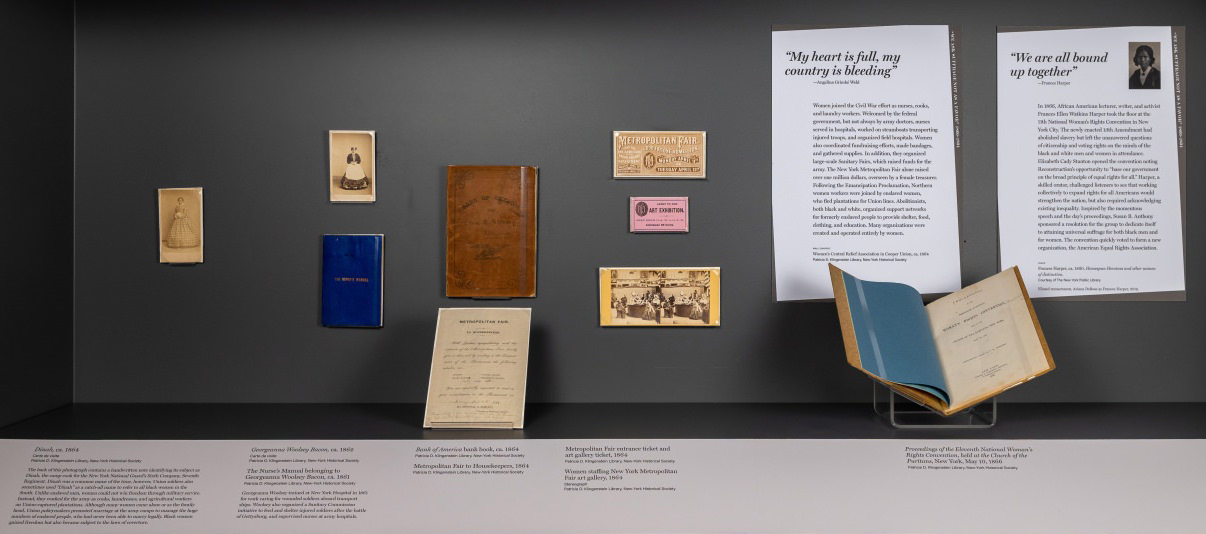
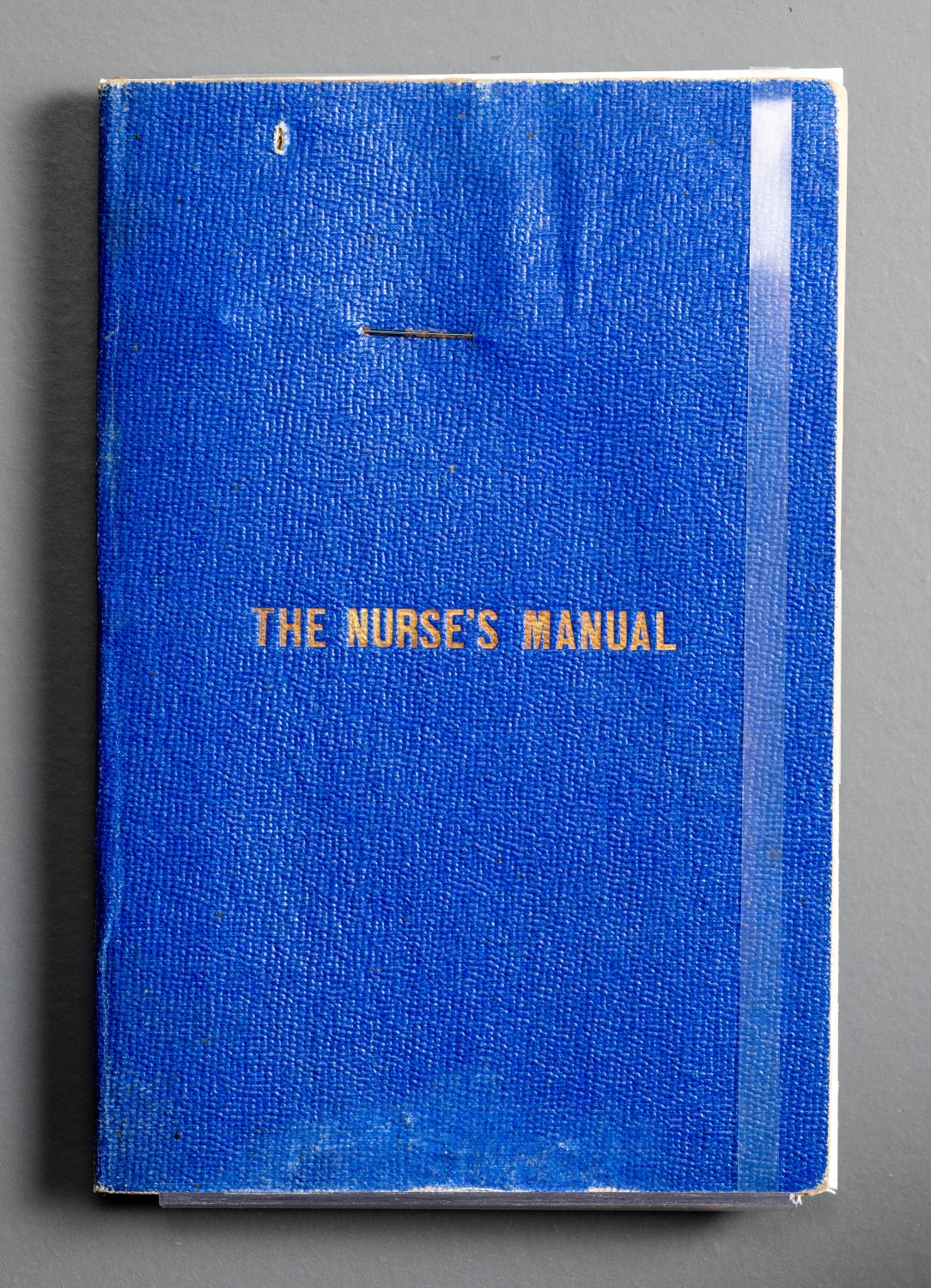
The Nurse’s Manual belonging to
Georgeanna Woolsey Bacon, ca. 1861
Patricia
D. Klingenstein Library, New-York Historical Society
Georgeanna
Woolsey trained at New York Hospital in 1861 for work caring for wounded
soldiers aboard transport ships. Woolsey also organized a Sanitary Commission
initiative to feed and shelter injured soldiers after the battle of Gettysburg,
and supervised nurses at army hospitals.
“My heart is full, my country
is bleeding”
- Angelina Grimké Weld
Women joined the Civil War effort as nurses, cooks, and laundry workers. Welcomed by the federal government, but not always by army doctors, nurses served in hospitals, worked on steamboats transporting injured troops, and organized field hospitals. Women also coordinated fundraising efforts, made bandages, and gathered supplies. In addition, they organized large-scale Sanitary Fairs, which raised funds for the army. The New York Metropolitan Fair alone raised over one million dollars, overseen by a female treasurer. Following the Emancipation Proclamation, Northern women workers were joined by enslaved women, who fled plantations for Union lines. Abolitionists, both Black and white, organized support networks for formerly enslaved people to provide shelter, food, clothing, and education. Many organizations were created and operated entirely by women.
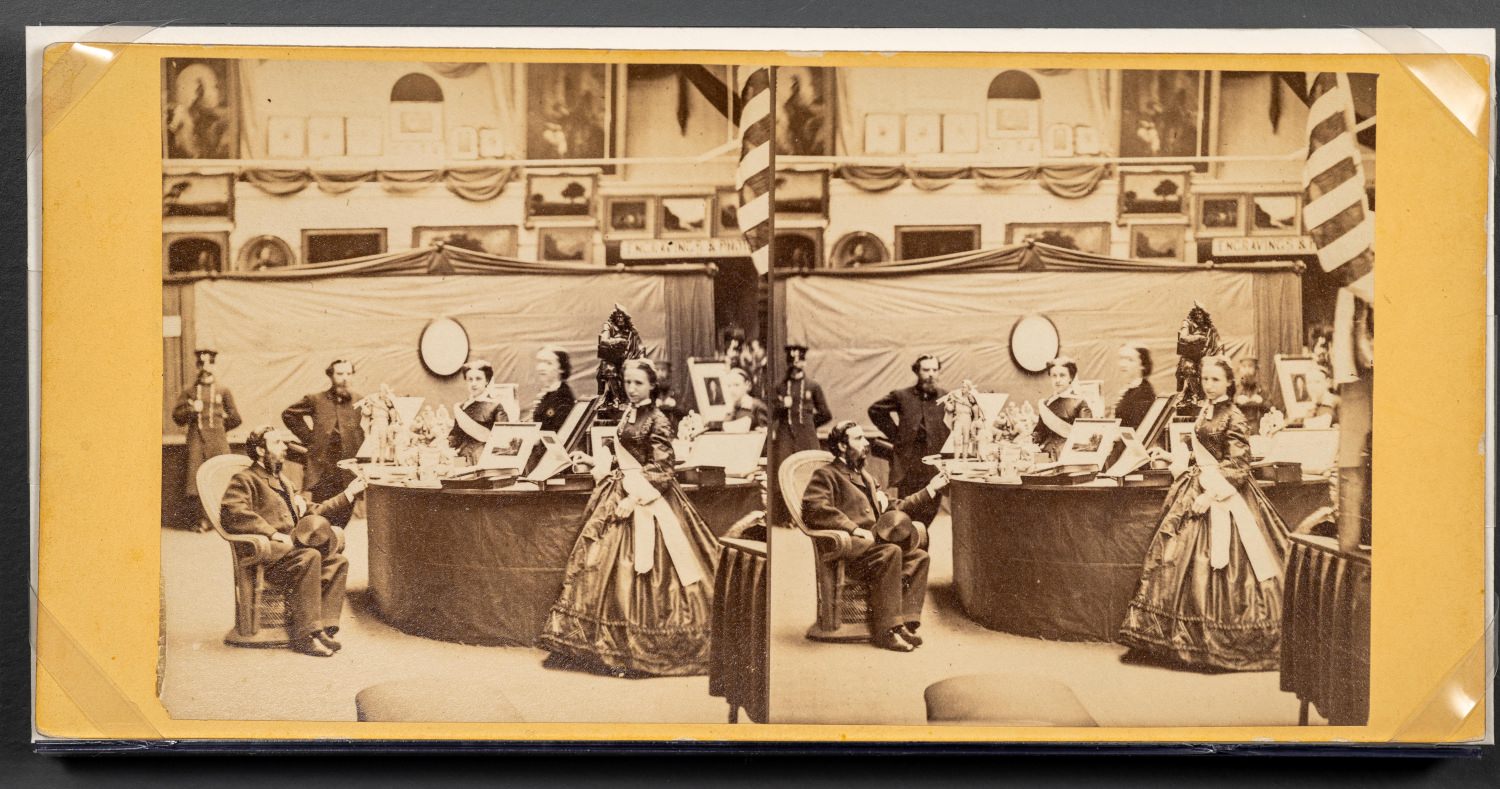
Women staffing New York Metropolitan
Fair art gallery, 1864
Stereograph
Patricia
D. Klingenstein Library, New-York Historical Society
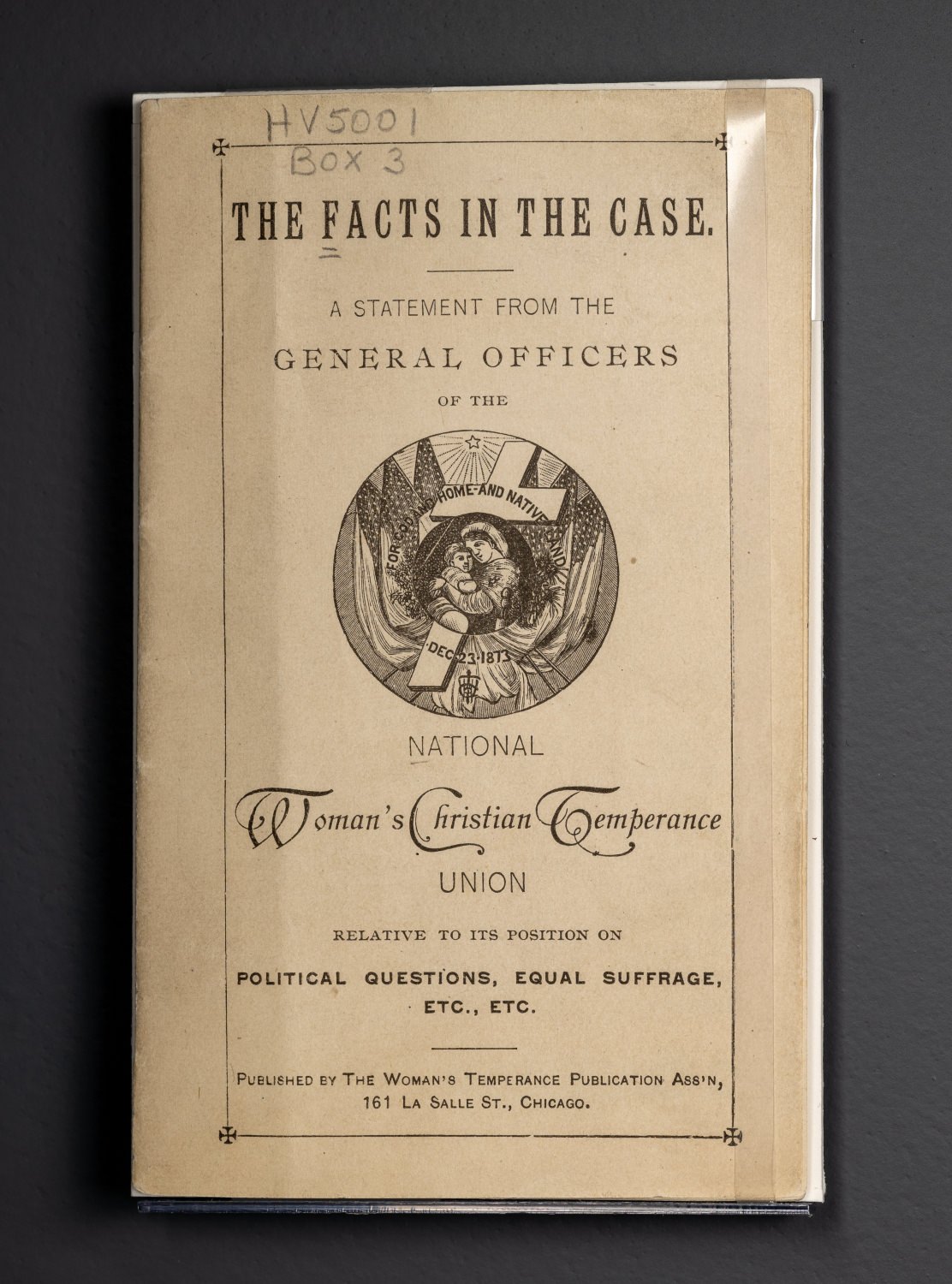
The
Facts in the Case, ca. 1888
Chicago:
Woman's Temperance Publication Association
Patricia
D. Klingenstein Library, New-York Historical Society
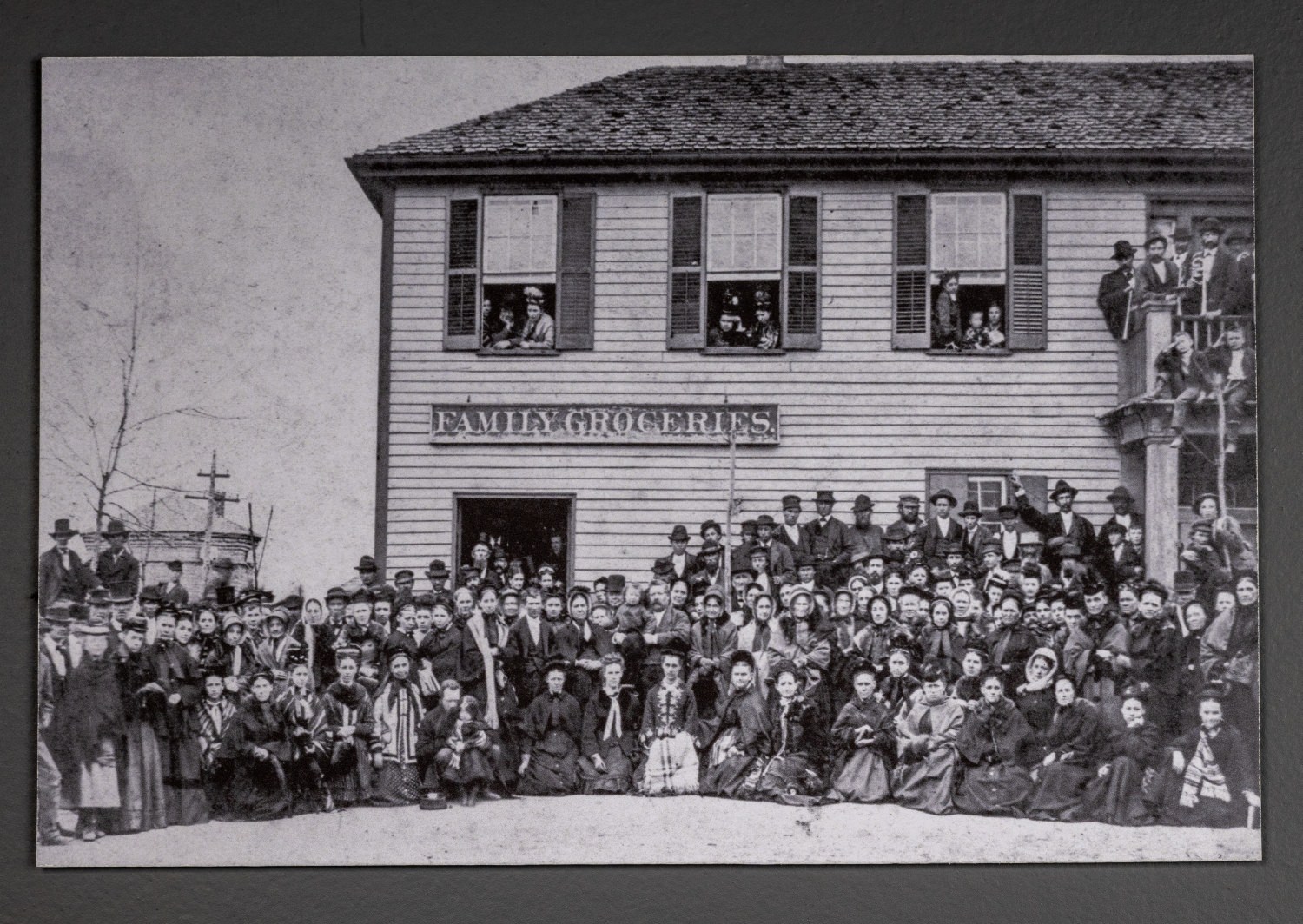
Temperance crusaders in front of grocery, 1873
Courtesy of the Ohio History Connection (SC
1887)
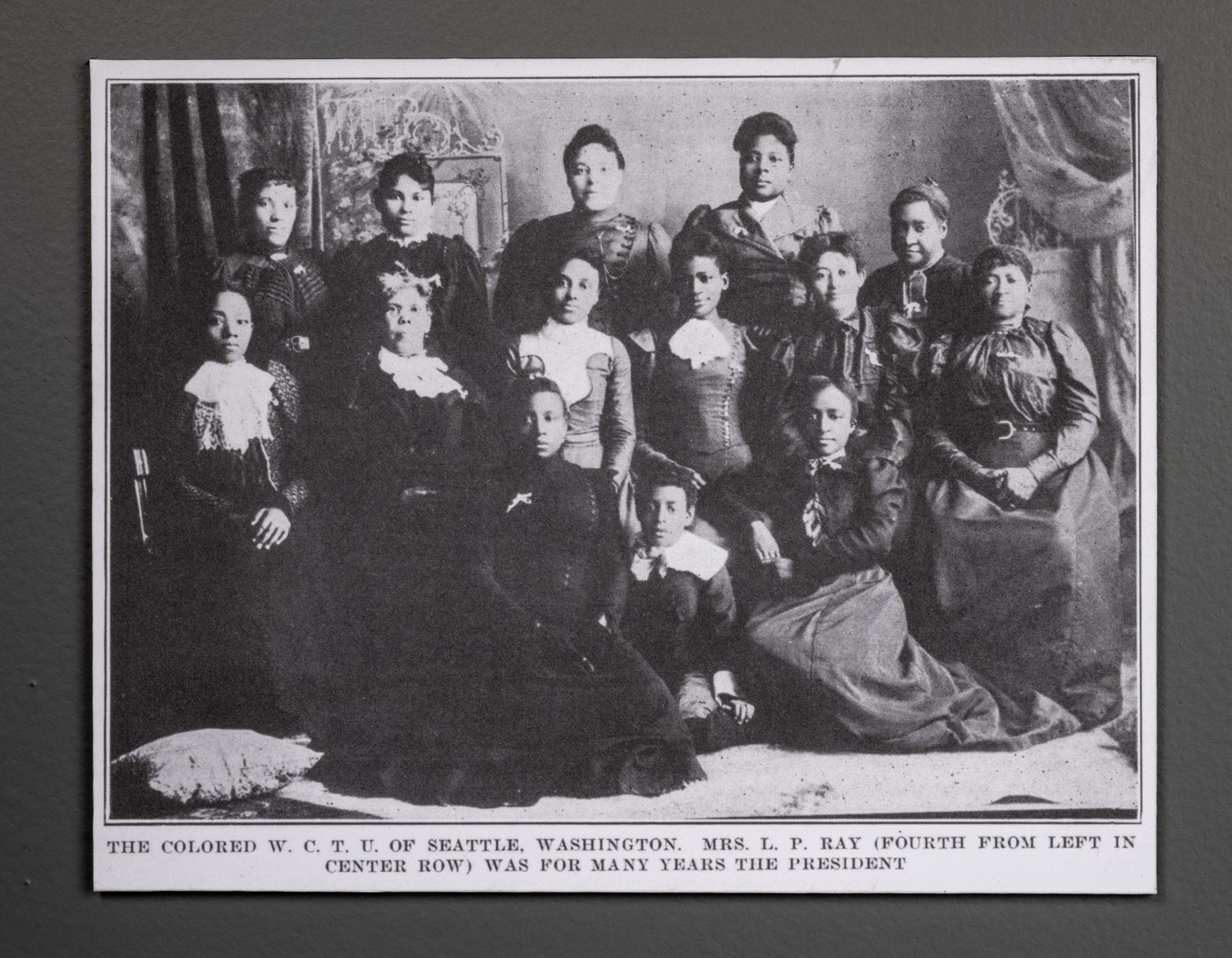
Frances
Harper WCTU branch, Seattle, ca. 1895
Twice
Sold, Twice Ransomed by Mr. and Mrs. L.P. Ray
The Burke Library at Union Theological
Seminary,
Columbia University in the City of New York